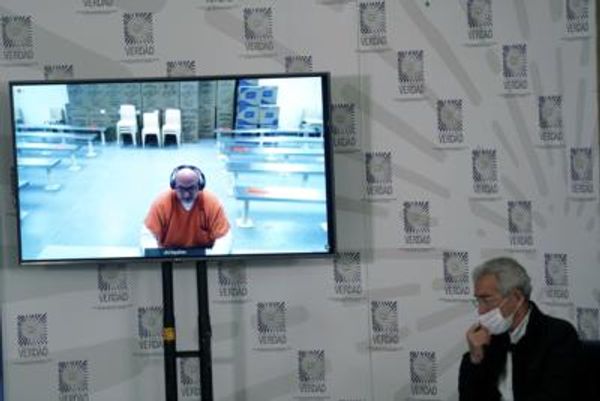
Most of the environmental effects of farmed chicken and salmon arise from the food the animals are reared on, new research suggests.
Animal feed given to farmed chickens and salmon account respectively for at least 78% and 69% of the industries’ environmental pressures, according to a study published in the journal Current Biology.
Scientists analysed the effects of chicken and salmon farming on greenhouse gas emissions, nutrient pollution, land or ocean disturbances and freshwater use globally.
“Both sectors show similar patterns for greenhouse gas emissions, with more than 55% of emissions originating from feed activities,” they wrote.
The study’s lead author, Dr Caitie Kuempel of Griffith University, said while chicken and salmon farming were more environmentally efficient than other industries such as beef, she was “surprised mostly by how vast both of the footprints are”.
The study noted that 95% of the cumulative effects of poultry and salmon farming were concentrated into less than 5% of total global area.
While chicken farming required nearly nine times the area used by salmon farming (924,000 sq km v 103,500 sq km), it yielded 55 times more product, it found.
The research also noted an 85.5% geographical overlap between the environmental pressures of the chicken and salmon industries, primarily as a result of the animals being fed similar feed ingredients.
In addition to needing fish oil and fishmeal, salmon aquaculture requires an estimated 2.3m tonnes of crops for feed yearly, largely comprising oil crops, soya beans and wheat. While commercial poultry feed contains primarily crops, chickens are also fed fishmeal and fish oil.
The US, Brazil and China are the world’s largest producers of both chicken and chicken feed, while the largest producers of salmon feed are Peru, Norway and Chile.
In the future, the researchers noted, an expected increase in the price of fishmeal would raise “the question of whether the demand for land or marine feed resources are more sustainable, particularly given shifting diets and consumer preferences”.
“Food is one of the biggest environmental pressures to the planet and we’re all trying to be more conscious about what we’re eating,” Kuempel said.
“Anything that requires feed is going to have a higher environmental footprint than things that are not fed,” she added. “Many other studies have shown that being vegetarian and vegan are usually better options, and even things like [some] shellfish that don’t have these feed ingredients have lower environmental pressures.”
Scientists hope emerging research into new types of animal feeds – such as microalgae and insects – may help to reduce the dependence on fishmeal and oil and make aquaculture more sustainable.
“Since salmon is a premium product, they are looking more into these novel feeds and how they can decrease the feed conversion ratio – how much feed you put in versus how much you get out,” Kuempel said.
“Salmon is already quite efficient – so around one tonne of feed that you put in, you get the same amount out. But using these novel feeds, you can perhaps get better nutrition for the animal while also decreasing your footprint.”
The study did not take into account the sources of fish oil and fishmeal, which are often derived from seafood waste. This may have affected the environmental footprint calculations, Kuempel noted







